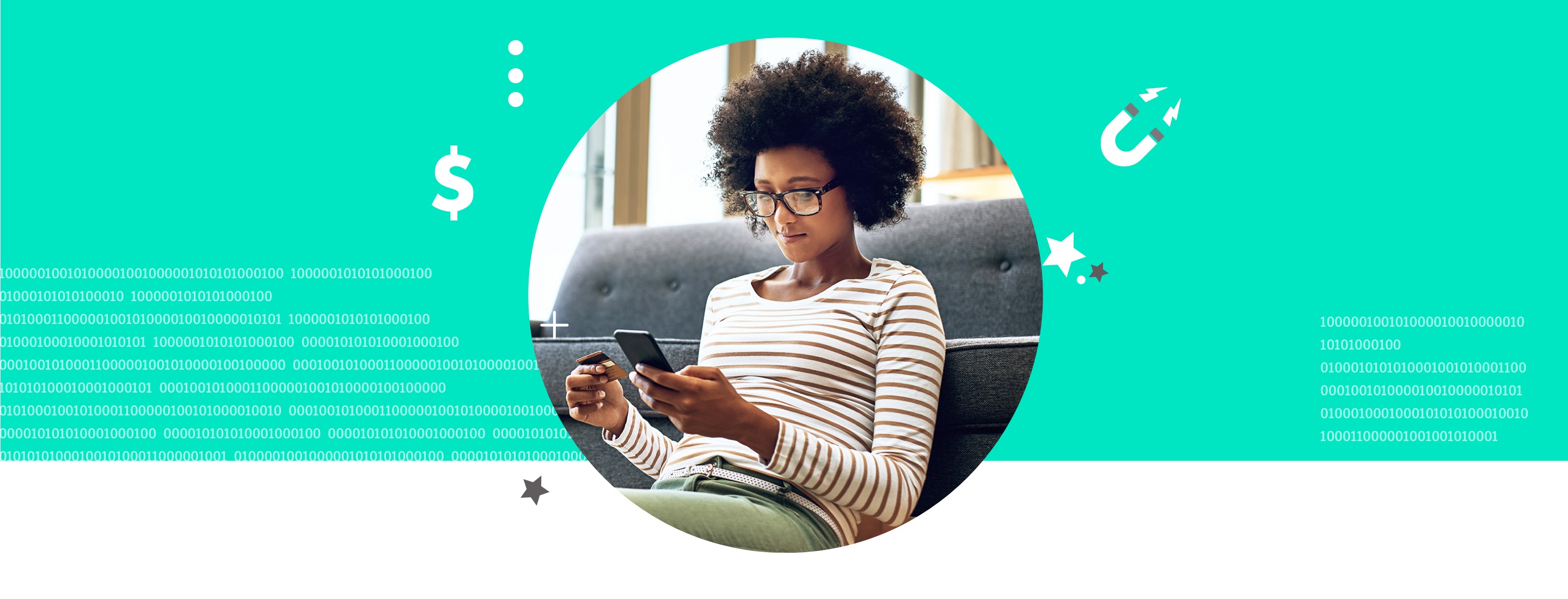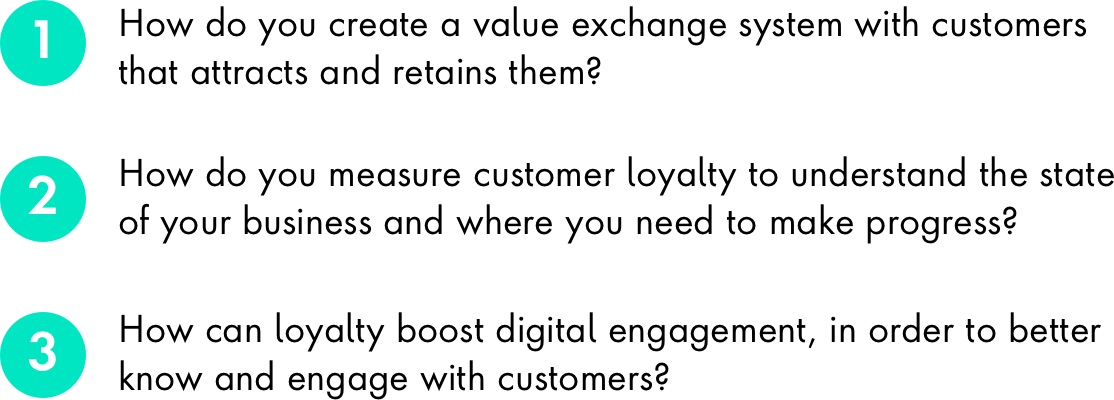What issue can we solve for you?
Type in your prompt above or try one of these suggestions
Suggested Prompt



Food & Dining
Restaurants Revamp Loyalty With Digital Focus to Win Back Customers
Restaurants Revamp Loyalty With Digital Focus to Win Back Customers
Loyalty programs have long been a key part of quick-service restaurant (QSR) business models for the recurring revenue they can generate. However, loyalty has shifted as many restaurants have struggled amid COVID-19. The goal for many QSRs in this era is no longer simply getting customers to keep coming back. They must now win back loyal customers who have become more cost conscious.
Publicis Sapient’s Digital Life Index, which surveyed 3,000 people in the United States, United Kingdom, Canada, Australia and Singapore, has found that nearly one-third of respondents feel a customer loyalty program is one of the top three factors that influence their restaurant choices. This is evidenced by the fact that many restaurants continue to invest in these programs. Loyalty program members spend 67 percent more on average compared with new customers, according to a report from Upserve. But many restaurant loyalty programs are missing key capabilities and solutions that only digital capabilities can provide.

Key Elements of Loyalty
What are the ingredients for a successful loyalty program? In the past, many restaurants have viewed loyalty programs as a recurring revenue stream, and some would go as far as extracting data they got from customers to serve them better in the future. In turn, while loyalty members felt like they were working toward something like rewards, many have felt like a brand doesn’t fully understand what they want.
When designing a loyalty program, brands need to think about three key questions:

The answers to these questions are found in technology solutions, marketing operations and customer experience design. The integration of these capabilities eventually achieves the goal of loyalty: higher and more frequent purchase amounts from a growing segment of loyal customers.
Why is Loyalty Important for Restaurants?
Compared with other industries, QSR customers are on-the-go and often spend limited time in restaurants, which makes loyalty and engagement more challenging. Early loyalty adopters in the QSR industry have seen the payoff in business growth. From 2017 to 2019, Starbucks Rewards membership increased by 25 percent, which Starbucks CEO Kevin Johnson attributes to updates and improvements to the program over the years. Panera Bread recently said its loyalty members use the brand six to 10 times more than non-members.
These players all have the ability to make their brand top-of-mind with customers. The success metric is not just business growth, but digital engagement where customers are more willing to use a mobile app to place orders and use their points. In turn, these QSR innovators have made it easy to bridge the gap between in-store and digital experiences, encouraging customers to create a digital profile that connects their purchases across all channels.
HOW to Create a Modern Loyalty Program
Loyalty programs are enabled by (1) a value exchange system, (2) a measurement data platform and (3) digital engagement.
1. Designing a value exchange system:
Convenience, recognition and personalization within or outside loyalty programs is critical to winning customers as so many choices are available to them. The QSR industry can look to retail for best practices, another consumer-facing industry that has been experimenting with loyalty for many years. Allegra Stanley, Sephora’s Vice President of Loyalty, told Forbes that while many retailers focus on transactional loyalty, Sephora’s program is designed to appeal to customers’ emotions, citing that on average these types of perks, like happiness and trust, drive 75 percent of customer engagement with brands.
In 2019, Starbucks redesigned its program to give customers more flexibility and options to earn points faster. And in September 2020, the chain began allowing customers to pay with cash, debit and credit cards, gift cards and mobile wallet and still earn points through simply scanning the mobile app after paying however they wish. The gamification of Starbucks program is also likely part of the growth story. Members receive daily emails and notifications offering challenges to buy certain items and earn bonus points if members complete the challenge by a certain date, with some offers personalized to incentivize them to repurchase items they’ve recently bought.
Panera brings originality to its program by relying less on points and more on visits, emphasizing the surprise factor of what reward you receive, itself tied to your known preferences. The engagement goes beyond transactions, with invites to events and content about recipes and cooking tips.
Restaurants should also consider how they integrate a loyalty offering into their existing business model. Brands should avoid a white labeled loyalty program because, from a customer’s point of view, this solution is typically disconnected from the brand experience. White labeling makes it difficult for customers to do things such as connect their points to a preferred credit card. You also lose out on getting real-time first-party data, and data in general is the biggest benefit of loyalty for a business.

2. Enabling a measurement data platform:
A loyalty program generates more data from identified customers and in turn, identified transactions and engagement is what measures growth in customer loyalty. A customer data platform (CDP) that captures a comprehensive view of the customer with first and third-party data is the driving mechanism for analyzing customers’ activity and personalizing across owned and paid channels.
A loyalty program is not an isolated marketing strategy, and works best when integrated with other programs. Insights derived from customer behavior across all touch points are applied to personalization of rewards, tiers, marketing messages and incentives to nurture the relationship between customers and the brand. An insight-generating analytics platform integrated with the CDP, a loyalty program engine and other activation channels will grow 1-to-1 engagement with customers.
3. Growing digital engagement:
Digital has been at the core of every successful QSR loyalty program to date, and the need for digital transformation of these offerings is only heating up. Restaurants also have a handful of compelling loyalty offerings that have evolved because of the pandemic. Starbucks’ on-going strategy illustrates the value of digital engagement: Starbucks Rewards has gained traction with customers largely because of its mobile-first accessibility. The pandemic forced many Starbucks stores to close earlier this year and many stores later reopened for mobile orders and delivery only. Starbucks Rewards is poised to pick up more members as customers need to use the chain’s app to order.
The key technology enablers of digital engagement can be summarized into three areas:
- Data and analytics platforms
- Microservices for data and experience integration
- A unified omni-channel user experience technology architecture
Data privacy is also a factor, and brands must be sure to be proactive with regulations and laws rather than reactive, only capturing information that aligns with the brand. This will help win over loyal customers through direct relationships so the connection feels natural.
Where QSR Loyalty Goes From Here
There are plenty of reasons to be optimistic about the future of QSR loyalty, but one stands out: 70 percent of U.S. millennials visit a QSR at least once a week. As one of the largest demographics with disposable income, albeit also with scaled back budgets due to the pandemic, this remains a massive growth opportunity for restaurants to tap into the ground swell of interest in QSR dining. If restaurants can win back customers by offering contactless options, engage one-on-one and create a rewards structure that makes customers feel like they’re working towards personalized rewards, the industry’s loyalty landscape has a bright future.





